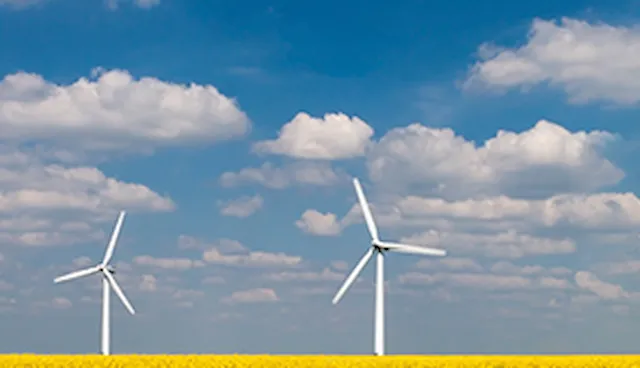Risk assessments for onshore wind turbines
Onshore wind turbines may cause hazards and risks to people and therefore require a site-specific assessment, especially if located and operated in the vicinity of residential areas, traffic infrastructure or vulnerable infrastructure like pipelines or technical facility with hazardous material.
DNV applies a structured and systematic approach for all risk assessments, specifically targeting the issue at hand.
We perform onshore wind turbine risk assessments including:
- Qualitative hazard identification workshops with wind turbine manufacturers and / or wind farm planers and operators
- Failure mode and effect analysis (FMEA) for manufacturers of turbines and / or specific turbine related systems, e.g. ice detection and blade heating system
Quantitative ice fall and throw risk assessments with own simulation tools fulfilling international recommendations, e.g. Task 19 (see here: Task 19 | IEA Wind TCP (iea-wind.org)) - Quantitative blade throw, tower collapse, nacelle and rotor breakage risk assessments with own simulation tools covering international legislation.
Based on the objective(s) of the risk assessment, which are defined together with our customer to target the underlying problem(s), we will carry out a thorough assessment to identify the wind turbine related hazards, evaluate the risks for vulnerable areas and groups and propose risk reduction measures.
The events triggering the need for a risk assessment can include one or more of the following:
- blade failure
- tower collapse
- nacelle breakage
- icing events.




